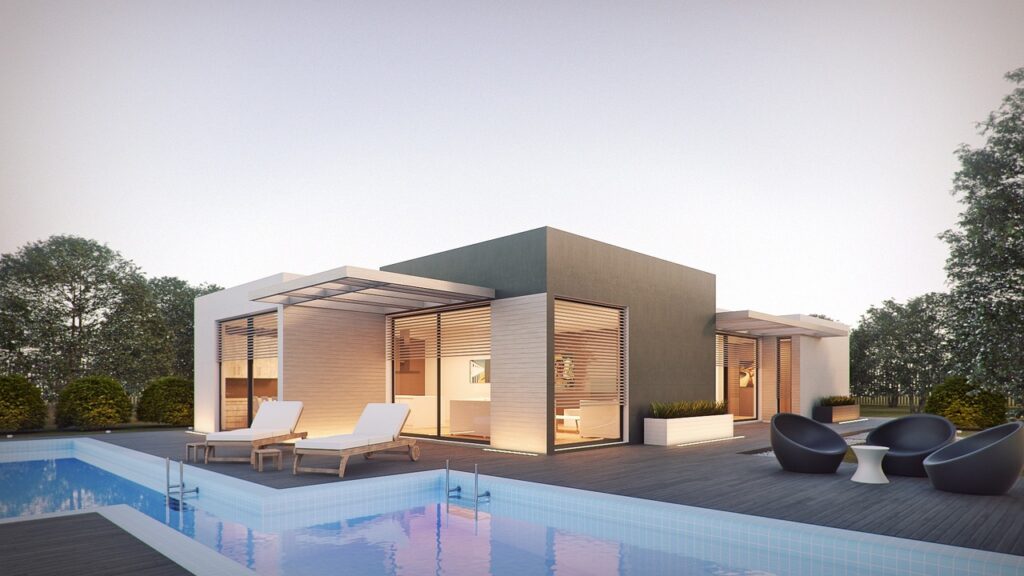Sustainable architecture design is becoming increasingly popular in the world of construction and design. It’s a concept that prioritizes building with eco-friendly materials and sustainable resources, while also emphasizing energy efficiency and environmental responsibility. Sustainable architecture design goes beyond just creating beautiful buildings; it is a way to ensure that our planet and future generations can thrive.
In this blog, we’ll explore some of the key strategies for sustainable architecture design, including site selection, materials and resources, energy efficiency, and the role of technology. We’ll also look at some case studies of successful sustainable architecture design projects, and discuss the importance of sustainable architecture design in today’s world.

Designing for Sustainability
Site Selection and Orientation
One of the key elements of sustainable architecture design is site selection and orientation. This includes the use of passive solar design and daylighting to maximize the use of natural light and reduce the need for artificial lighting. By positioning buildings to take advantage of natural light and heat, designers can significantly reduce the amount of energy required to heat and light buildings.
Materials and Resources
Sustainable architecture design also focuses on the use of eco-friendly materials and sustainable resources. This can include the use of recycled materials, sustainable sourcing of materials, and reducing waste during construction. For example, using reclaimed wood for flooring or repurposing materials like shipping containers for building structures can greatly reduce the environmental impact of a building project.
Energy Efficiency
High-performance building envelopes and efficient HVAC systems are key elements of sustainable architecture design. These features can greatly reduce energy consumption and greenhouse gas emissions. Additionally, renewable energy sources like solar, wind, and geothermal can be used to power buildings and reduce dependence on non-renewable sources of energy.
The Role of Technology in Sustainable Architecture Design
Building Automation Systems
Building automation systems can help manage and optimize energy use in buildings. These systems can control lighting, heating, and cooling systems, and can even automatically adjust settings based on occupancy and environmental factors.
Smart Lighting Systems
Smart lighting systems can also be used to reduce energy consumption. These systems use sensors to detect occupancy and adjust lighting accordingly, reducing energy waste.
Energy Monitoring and Management Systems
Energy monitoring and management systems can provide real-time data on energy consumption in buildings, allowing building managers to identify areas for improvement and optimize energy use.
Conclusion
Sustainable architecture design is becoming increasingly important in today’s world. By prioritizing eco-friendly materials, energy efficiency, and environmental responsibility, designers can create beautiful buildings that are also sustainable and responsible. The use of technology and innovative design strategies can help optimize energy use and reduce environmental impact, while case studies demonstrate the benefits of sustainable architecture design in various contexts.





